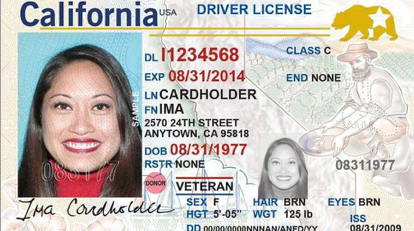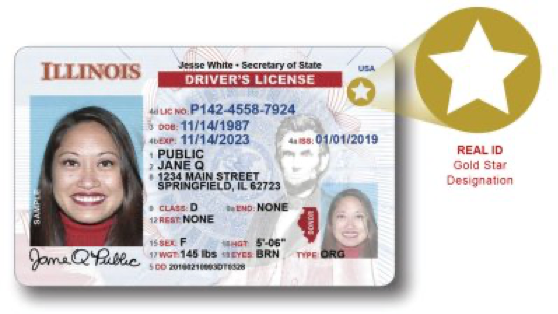Real ID Act: Everything You Need to Know
By Sarah V. Hines, on October 26, 2019
Header Image Source
According to the REAL ID act starting in October of 2020, travelers will need a compliant state ID to travel domestically or visit any site monitored by federal agencies such as Department of Homeland Security or Transportation Security Administration. While state compliance has been contested for the last five years, the Department of Homeland Security is now reporting that 47 of the 50 states are in compliance with the REAL ID laws. They are further confident that every state will seamlessly transition to the REAL ID requirements by its initiation on October 1st, 2020. With these new laws coming into effect, many people are understandably confused as to how these laws may affect them if they do not have a compliant I.D. to present. Below are some answers to more common questions for the wary traveler.

IMAGE SOURCE
According to the REAL ID act starting in October of 2020, travelers will need a compliant state ID to travel domestically or visit any site monitored by federal agencies such as Department of Homeland Security or Transportation Security Administration. While state compliance has been contested for the last five years, the Department of Homeland Security is now reporting that 47 of the 50 states are in compliance with the REAL ID laws. They are further confident that every state will seamlessly transition to the REAL ID requirements by its initiation on October 1st, 2020. With these new laws coming into effect, many people are understandably confused as to how these laws may affect them if they do not have a compliant I.D. to present. Below are some answers to more common questions for the wary traveler.

IMAGE SOURCE
How will I know if I have a compliant I.D.?
Typically, the compliant I.D.s will be marked with a small gold or black star on the top right-hand side of the I.D., aside from California, which will have a golden bear. If the I.D. states that is it not suited for federal identification on the right-hand corner, it will not be considered acceptable for flight or to enter federal property. Enhanced I.D.s issued by states such as Washington, New York or Michigan will be considered acceptable for the REAL I.D. requirements.

IMAGE SOURCE
What can I do if I do not have a compliant I.D.?
If you do not have a compliant I.D., you will be able to renew your license or state I.D. for a compliant I.D. by October 1st, 2020. If you have a valid federal I.D., such as a U.S. passport, you can use this I.D. to travel in place of a REAL I.D. on airlines, as well as use this to enter federal sites, such as military bases.

IMAGE SOURCE
How much will the REAL I.D. cost?
Currently, the REAL I.D. cost reflects that of the typical cost for an identification card or driver’s license. At this time, the only state that has reported a cost difference is Oregon. The exact amount, however, has not been determined at this time.
What will I need to obtain my REAL I.D.?
While each state determines its requirements for obtaining an identification card or driver’s license, the Department of Homeland Security does state that there will be minimum requirements needed to satisfy the new I.D.s. These requirements will need to show a full name, a date of birth, proof of legal residence within the United States of America, a social security number and 2 valid proofs of home address. To verify the complete list of requirements, please contact your closest DMV to speak with a representative or visit their website for more information.

IMAGE SOURCE
Can my REAL I.D. be used to travel internationally?
While a REAL I.D. is compliant with federal security standards for state-issued I.D.s, it is not considered a federal identification and cannot be used for international travel. You will still be required to carry a valid, U.S. passport in order to travel internationally. The only exception to this is travelers that have a valid Enhanced Driver’s License and wish to drive across the border into Canada.
